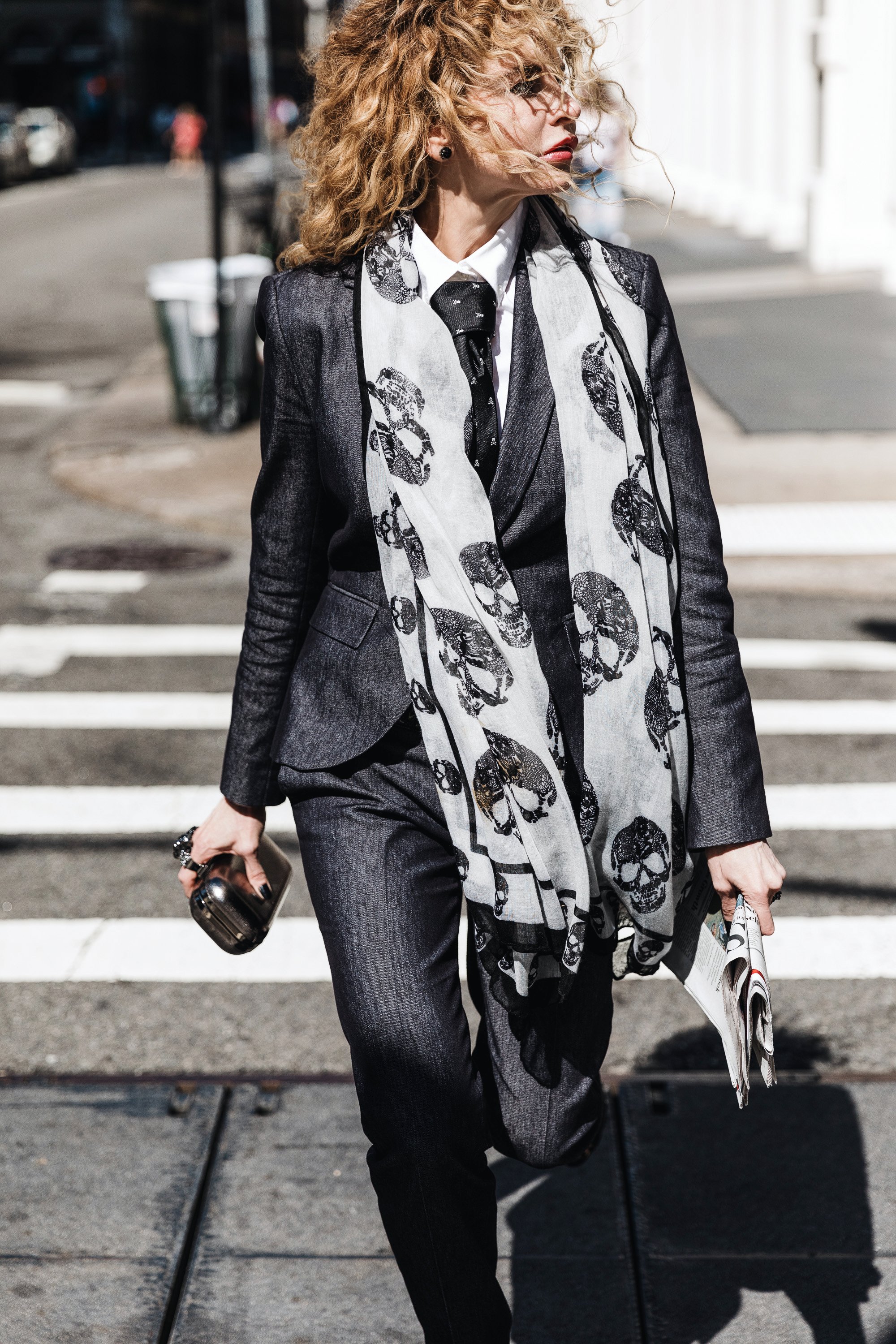What is Editorial Style Photography and how does it differ from commercial photography?
In the world of photography, editorial style photography stands out for its storytelling ability. Unlike commercial photography, which focuses primarily on promoting a product or service, editorial photography aims to tell a broader story, often for a magazine, newspaper, or digital publication. It is a fusion of art, narrative, and style, designed to capture the viewer’s attention and convey a particular mood, message, or theme.
Key Elements of Editorial Photography
Storytelling: At its core, editorial photography is about conveying a story. The images are typically crafted to illustrate an article, feature, or concept. Whether the topic is fashion, lifestyle, travel, or social issues, the photographer must communicate the narrative through a series of cohesive images.
Creativity and Freedom: Editorial photography allows for more creative freedom compared to standard commercial shoots. Photographers can experiment with angles, lighting, and compositions to evoke a particular emotion or create a visual metaphor. This is where their artistic vision shines.
Contextual Imagery: Unlike commercial photos that often have a clean, product-centric focus, editorial images are shot in real-life settings or scenarios. These photos may involve models, locations, and props that further enrich the story behind the images.
Fashion and Style: In the realm of fashion, editorial style photography plays a crucial role. Editorial fashion spreads are about more than just showcasing the latest trends; they create a mood, display the designer’s vision, and highlight the interplay between clothes, model, and environment.
Publication-Driven: Editorial photography is often created with a specific publication in mind. Whether it's a glossy fashion magazine or an online blog, the final images align with the tone, style, and subject matter of the outlet they are meant for.
Types of Editorial Photography
Fashion Editorials: These are among the most popular forms of editorial photography. Found in high-end magazines like Vogue or Harper’s Bazaar, fashion editorials showcase clothing, accessories, and makeup in a highly stylized way. The images reflect a blend of fantasy, culture, and current trends.
Lifestyle Editorials: These images capture people, environments, and products in real-world settings, often illustrating a theme like wellness, travel, or personal stories. Lifestyle editorial photography feels natural and authentic, blending the commercial with the artistic.
Conceptual Editorials: Here, photographers create a series of images around a central theme or idea. These photos might address social issues, environmental concerns, or abstract concepts, encouraging viewers to think critically about the subject matter.
Celebrity Editorials: These images usually focus on famous personalities, often depicting them in unique, glamorous, or unexpected settings. Celebrity editorials humanize well-known figures while giving the audience a glimpse into their lives or personas.
Editorial vs. Commercial Photography
Though editorial and commercial photography share similarities, their goals are fundamentally different. Commercial photography is about driving sales, focusing on showcasing a product or service in its best light. Editorial photography, on the other hand, emphasizes the story behind the product, brand, or concept.
Commercial photography might tell a product’s story by featuring it front and center, while editorial photography subtly weaves the product into a larger narrative. For example, a commercial fashion shoot might focus solely on the clothing, while an editorial shoot would explore the lifestyle, mood, or culture surrounding the fashion.
The Impact of Editorial Photography on Branding
Many brands utilize editorial style photography in their marketing campaigns because it offers a more nuanced, aspirational appeal. Rather than simply selling a product, they are selling a lifestyle or idea. Brands that use editorial photography create deeper emotional connections with their audiences, positioning themselves as part of the customer's everyday life or future aspirations.
For photographers, mastering editorial style is a way to elevate their portfolio, demonstrating the ability to not only capture images but to convey deeper meanings and emotions through their work.
Conclusion
Editorial style photography is a dynamic and artistic approach to image-making that transcends mere product promotion. By blending storytelling, creativity, and style, it invites viewers into a narrative that is rich, engaging, and impactful. Whether you're photographing fashion, lifestyle, or conceptual pieces, editorial photography gives you the freedom to craft meaningful stories that resonate with your audience.




